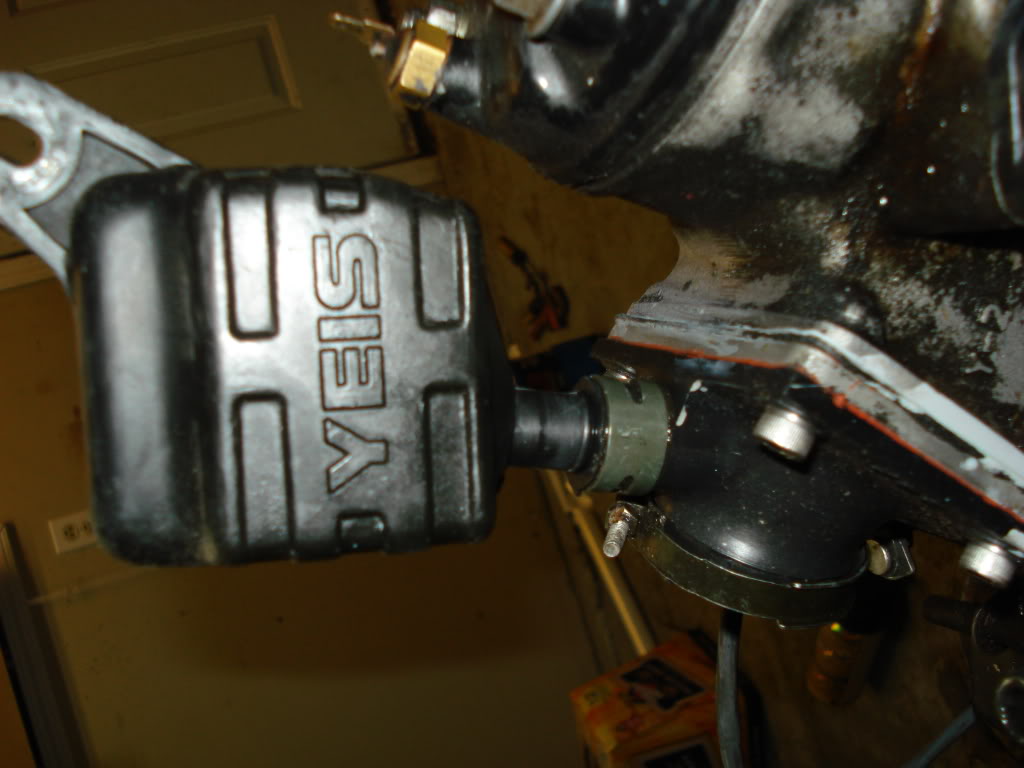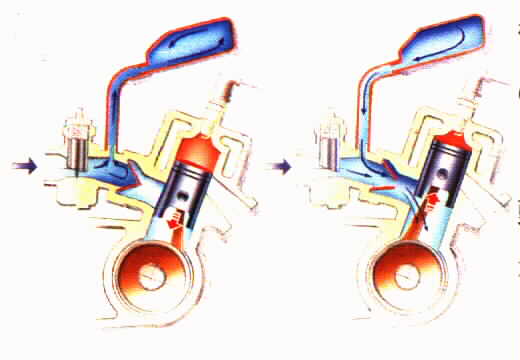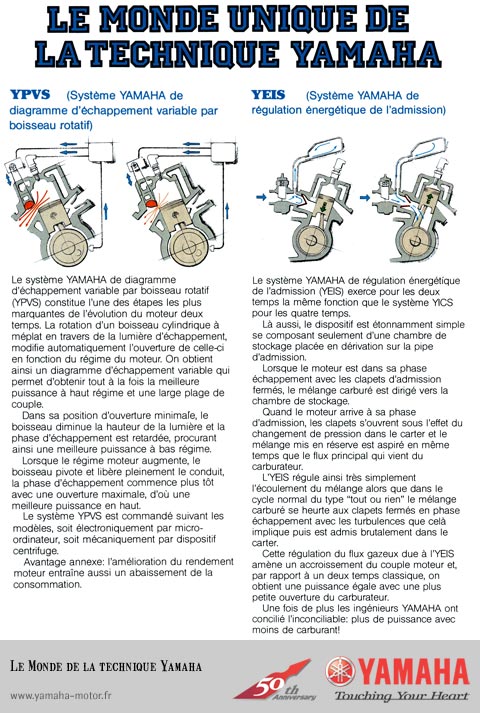Hey guys, I've got the boost bottle off of Neil's DT motor and I am going to publish the top secret specifications:
Volume of the bottle is 200ml (or 200cc)
Neck is diameter 0.312" and length is 1.150"
You can read all about Helmholtz resonators at:
Helmholtz Resonators
for all the calculations, and you may find more simplified equations somewhere else.
So if you'd like to use this calculator:
Helmholtz Resonator Calculator
You would use the values:
Volume = 0.0002 Meters cubed
Port area = Pi ((0.312"X25.4)/2)X((0.312"X25.4)/2)/(1000X1000)= 0.000049 Meters squared
Port length = 1.150"X25.4/1000 = 0.02921 meters
So frequency is 158.3 Hz or 9498 cycles/min
This does not translate directly to RPM, because port opening and reed valve pulse cycles are involved.
I'd simplistically suggest about half the frequency would represent tuned rpm.
Anyway, this gives you an idea of what it would take to build your own Boost Bottle.
I'd suggest sticking close on frequency but going bigger on port area and bottle volume.
For example an 800ml bottle with a 1/2" neck 3/4" long would give about the same frequency, and probably a stronger signal. Remember, the bottle has to be rigid.
Anyone got time to try this?
Some info, you judge how good:
Boost Bottle - Wikiscootia - A scooter wiki
Boost Bottle Theory
Mini ATV Parts Intake Parts (looking at the math, I cannot see this working)
UNIVERSAL CUSTOM CC BOOST BOTTLE KITS
49ccScoot.com : Homemade Boost Bottle Information

Volume of the bottle is 200ml (or 200cc)
Neck is diameter 0.312" and length is 1.150"
You can read all about Helmholtz resonators at:
Helmholtz Resonators
for all the calculations, and you may find more simplified equations somewhere else.
So if you'd like to use this calculator:
Helmholtz Resonator Calculator
You would use the values:
Volume = 0.0002 Meters cubed
Port area = Pi ((0.312"X25.4)/2)X((0.312"X25.4)/2)/(1000X1000)= 0.000049 Meters squared
Port length = 1.150"X25.4/1000 = 0.02921 meters
So frequency is 158.3 Hz or 9498 cycles/min
This does not translate directly to RPM, because port opening and reed valve pulse cycles are involved.
I'd simplistically suggest about half the frequency would represent tuned rpm.
Anyway, this gives you an idea of what it would take to build your own Boost Bottle.
I'd suggest sticking close on frequency but going bigger on port area and bottle volume.
For example an 800ml bottle with a 1/2" neck 3/4" long would give about the same frequency, and probably a stronger signal. Remember, the bottle has to be rigid.
Anyone got time to try this?
Some info, you judge how good:
Boost Bottle - Wikiscootia - A scooter wiki
Boost Bottle Theory
Mini ATV Parts Intake Parts (looking at the math, I cannot see this working)
UNIVERSAL CUSTOM CC BOOST BOTTLE KITS
49ccScoot.com : Homemade Boost Bottle Information



